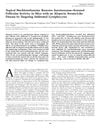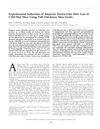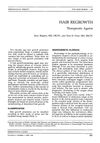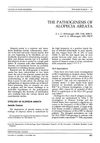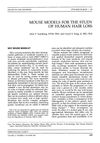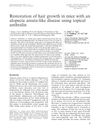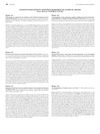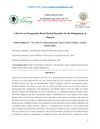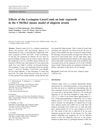Old Wine in New Bottles: Reviving Old Therapies for Alopecia Areata Using Rodent Models
September 2003
in “
Journal of Investigative Dermatology Symposium Proceedings
”
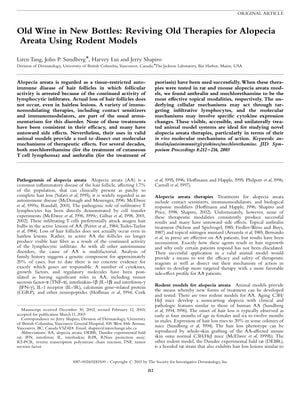
TLDR Old treatments for other skin conditions showed promise for hair regrowth in mice with a hair loss condition.
In the 2003 study, researchers investigated the effectiveness of anthralin and mechlorethamine, older treatments originally used for psoriasis and cutaneous T cell lymphoma, in treating alopecia areata (AA) using rodent models. The study demonstrated that anthralin induced significant hair regrowth in 64% of AA-affected C3H/HeJ mice and complete regrowth in DEBR rats, while mechlorethamine resulted in full hair coverage in AA-affected mice. These treatments were found to act by targeting infiltrative lymphocytes and modulating cytokine expressions, such as inhibiting TNF-α/B, IL-12, and IFN-y. The findings suggest the potential for repurposing these older therapies for AA treatment and highlight the value of rodent models in understanding the molecular mechanisms involved. The number of rodents used in the study was not specified.
